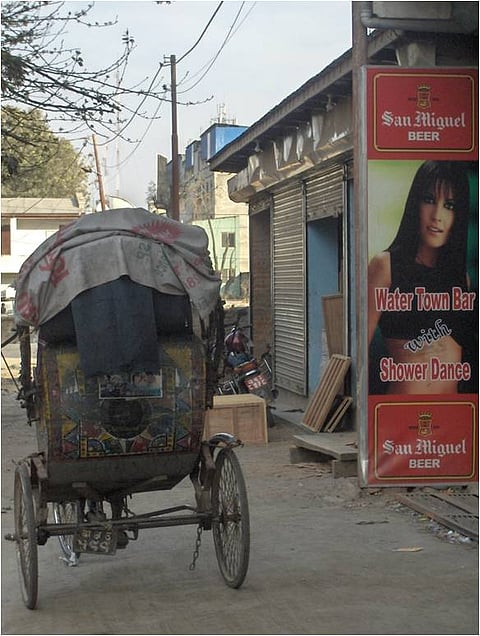Kathmandu’s dance bars
"Life is much harder 'out there'!" This is what one of the many bar dancers, entertaining middle-class Nepali men once told me, as we strolled along the labyrinth streets of Thamel before her night-shift. 'Out there' is work-life outside the bar. As she talked about her profession, she referred to the hardships she faced at the beginning of her dancing career, mostly centring around being tired from the moves she had to repeat on the stage – sore legs but nothing grimmer than that. She recalled being shy at first. The profession had then grown on her, becoming routine. "I am used to it now", she laughed. At the time, it had seemed to be such a paradoxical statement, considering what people said about her job, and what I myself thought about women working in Kathmandu's dance-bars.
This perspective reverses accepted notions. The girls I talked to didn't refer to bars as 'chambers of torture', as outsiders imagine; instead they spoke of bars being safe havens when compared to the other dangers and perils of the Nepali capital city. Many of the women employed in such entertainment venues talk about the advantages to dance-bar employment.

